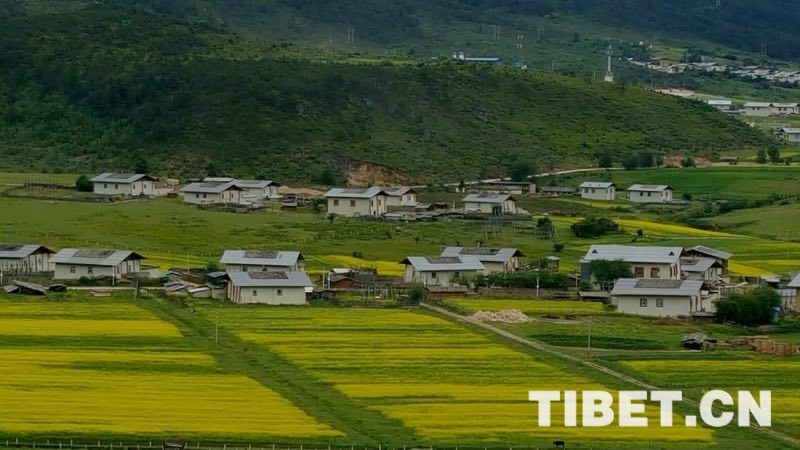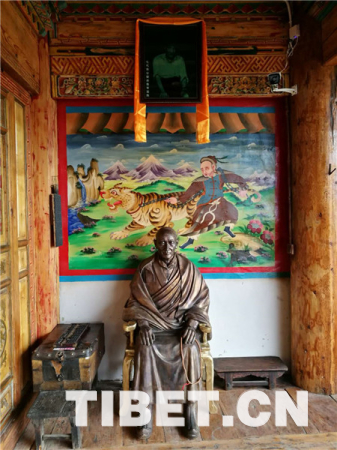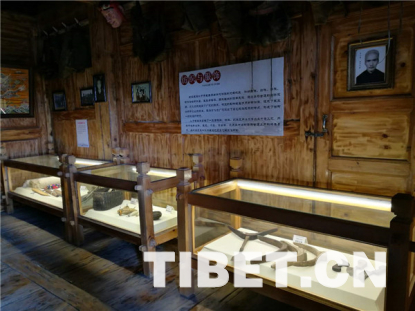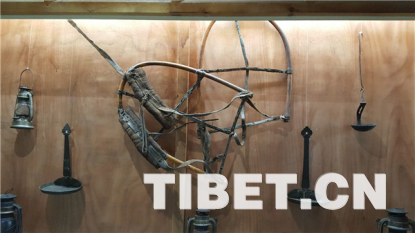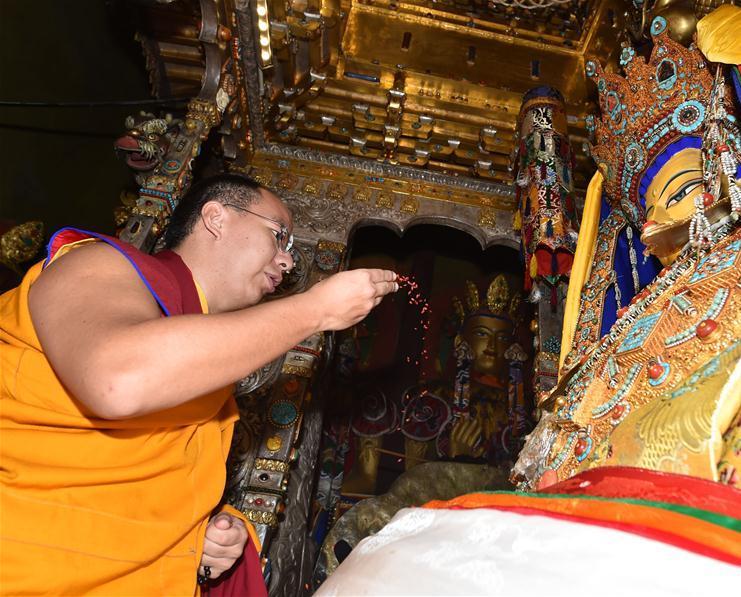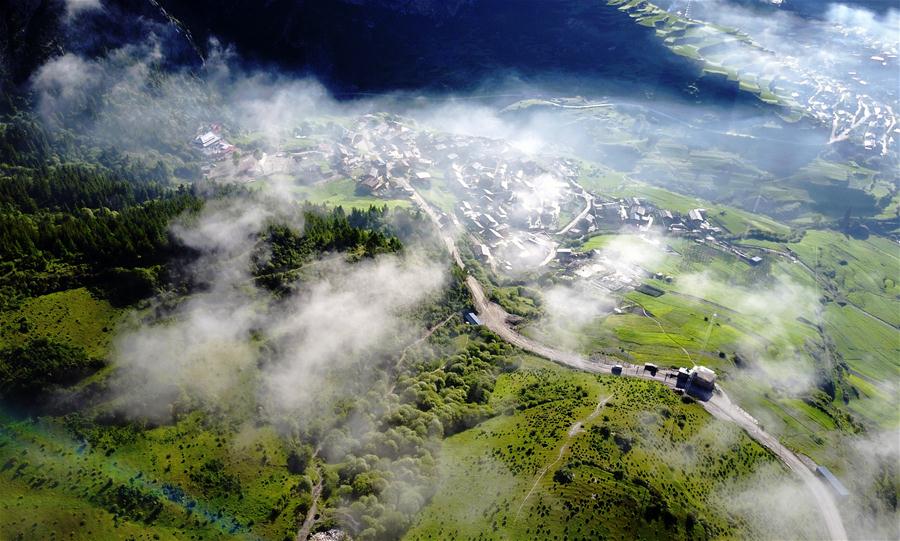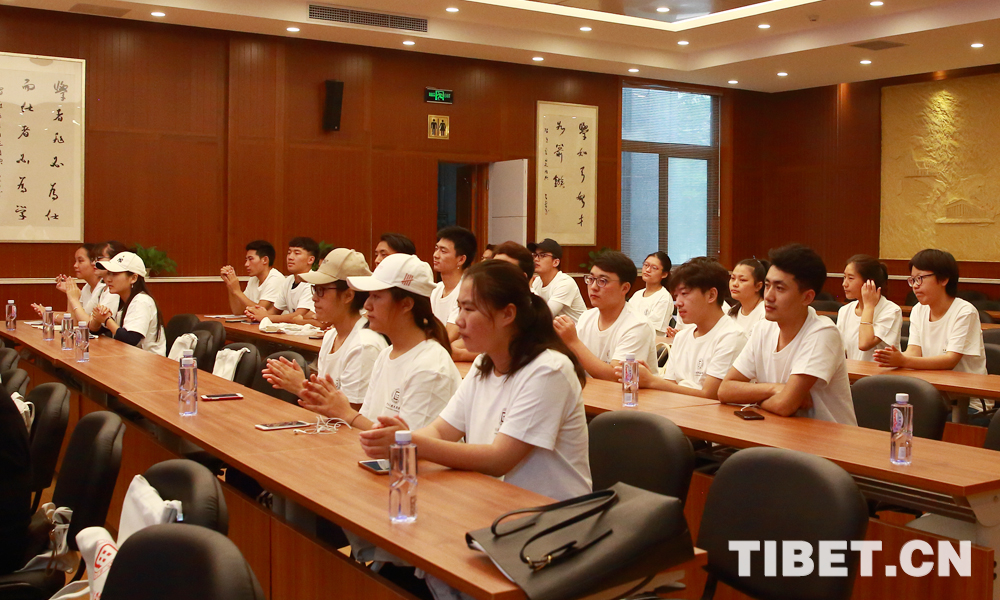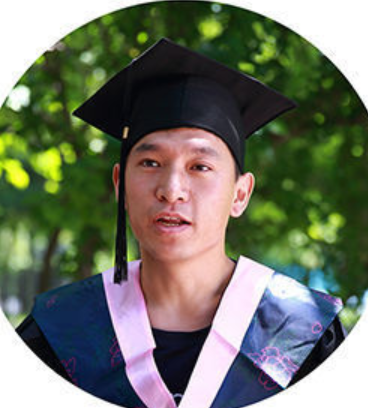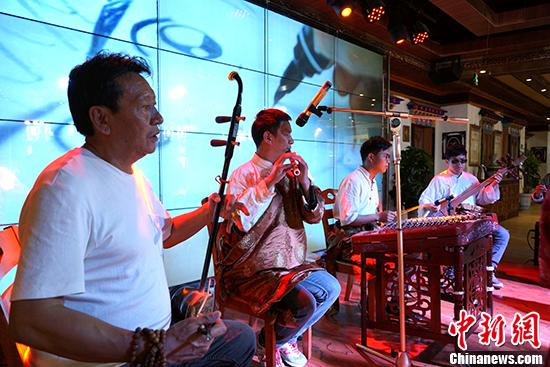Legend of the caravan on ancient Tea-Horse Road
Shangri-La, which in Tibetan means “sun and moon in the heart”, was made famous by James Hilton’s 1933 novel Lost Horizon. Later, it came to be believed that Shangri-La was located in Dechen Tibetan Autonomous Prefecture in Yunnan province.
In Tibetan, Dechen means “place of good fortune”. It is the only Tibetan autonomous prefecture in Yunnan, and it is located in the northwest of the province at the junction of Yunnan, Sichuan, and Tibet in the southern part of the Qinghai-Tibet Plateau.
Shangri-La is the only way from which to access the Yunnan-Tibet part of the Ancient Tea-Horse Road. It is also called “Gyalthang” by the Tibetan people, which means “broad flatland” or “another flatland” in Tibetan. The famous Kengong Village is located just on the plain.
One day in 1906, a boy was born to the Kengong family in the village. He later became a locally famous monk merchant named Lharong Truchen and was revered as Kengong Tsongbang. He has a high reputation not only in the snowy plateau of Dechen, but even in Chamdo, Tibet. When he was seven years old, Lharong Truchen was brought by his family to Gandan Sumtseling Monastery to become a lama. Gandan Sumtseling, known as the “Little Potala Palace”, was built in the year 1679 and completed two years later in 1681. Here, Lharong Truchen studied hard, later earning a decent job at the monastery. At the age of 13, his family encountered a misfortune, leaving them with only one cow and two horses. As a result, the young and inexperienced Lharong Truchen was forced to undertake the respomsibility of restoring their family income. He took others into deep mountains to dig for herbs and pick wild vegetables, drying them and using a horse to take them to Lijiang to sell. In Lijiang, he would also buy vermicelli, wine, and brown sugar to return with and sell in his local area. After spending nearly a year doing this kind of business, Lharong Truchen earned money and bought three horses. After that, he continued to travel back and forth between Gyalthang and Lijiang, and also to Dali, to do business.
A statue of Lharong Truchen
By the time he was 20, Lharong Truchen had accumulated a certain amount of savings, and he bought 40 horses in one purchase. He set up a caravan and began to run a tea horse transport on the Yunnan-Tibet part of the Ancient Tea-Horse Road. It is said that he had more than 70 horses at its height. Each February, the horse caravan would carry tea, salt, vermicelli, cloth, and other goods from Gyalthang (now Shangri-La), traveling along the Ancient Tea-Horse Road, taking three months to reach Lhasa. After arriving in Lhasa, the caravan sold its goods, then purchased local specialties and medicines before returning home. Sometimes, Lharong Truchen would travel into India, Nepal, and other places to purchase goods. He would carry the goods back to Lijiang, Dali, and after selling them, go to the tea producing area to prepare tealeaves, procuring specialties of Yunnan. After finally reaching his hometown, he would then start the journey cycle all over again. Lharong Truchen did this for 38 years.
Items on display in a village museum named after the Ancient Tea-Horse Road.
On the Ancient Tea-Horse Road, Lharong Truchen enjoyed a good reputation. Monks on their way to Lhasa would travel with his caravan, and he would not charge them a traveling fee. Smaller caravans were also willing to travel with him, and he would help them along the way and sell their goods after they arrived in Lhasa. If he encountered someone from his hometown who did not have enough to pay for goods, Lharong Truchen would still help them. In 1946, Lharong Truchen also donated to the construction of a cable bridge over the Liutong River on the Ancient Tea-Horse Road.
Later, Lharong Truchen’s nephew and then grandson-in-law would travel on the Ancient Tea-Horse Road. Three generations of the family traded in tea and horses with the caravan, enduring various hardships and experiencing the vicissitudes of life, and accumulating great wealth. The Kengong family became legendary. 80-year-old family member Jiang Chuchun discussed traveling on the Ancient Tea-Horse Road by caravan several times: “We bought tea leaves in Simao (a city in Yunnan), and we always carried brown sugar, from Gyalthang to Dechen…”, the elderly man vividly remembered.
Various tools used by the horse caravan
Jiang Chuchun and his brother, Lharong Dachen funded the establishment of a village museum, named after the Ancient Tea-Horse Road, to commemorate their family’s years with the caravan. The museum opened on July 2, 2017.
At the entrance to the museum, visitors can see many objects used by the former caravans, such as wooden chests, copper bells, and cowhide backpacks. There are more than 2,000 old items in the exhibition, ranging from teacups and needles and thread to saddles, blankets, small, gold-lined wooden tsampa boxes, and strong, durable animal bone kettles. Many of the items on exhibition are precious relics from the time of the Ancient Tea-Horse Road, including living utensils, religious instruments, clothing, horse equipment, and fire pit culture items, showing the life of caravan merchants through items from all aspects of life, business, and other areas.
Your Comment
Name E-mailRelated News
-
-
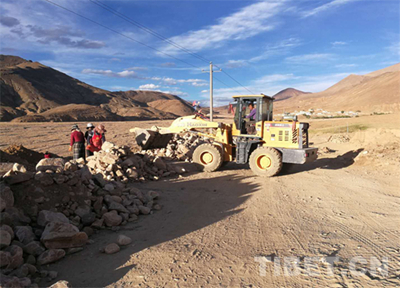
-
Remote Tibetan village build new road to better life
The Lhalung village in Shigatse city, Tibet, is a farm and pastoral village in deep poverty.
-
-
-
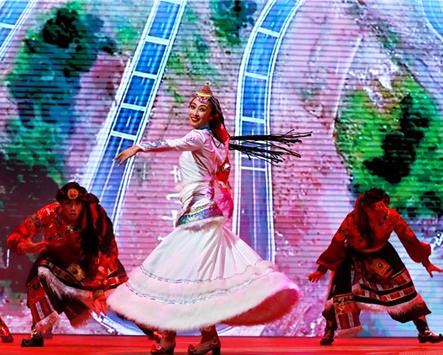
-
Silk Road cultural project offers Ukrainians insight into western China
The Silk Road cultural project Experience China 2018 -- the culture of western China in Ukraine kicked off on Tuesday.
-
-
-
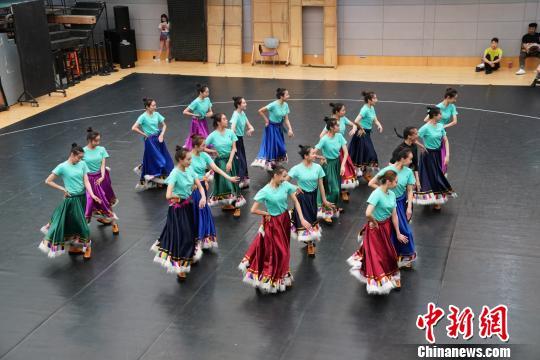
-
Dance drama tells moving stories on heavenly road construction
Heavenly Road will be performed for first round from June 30 to July 3.
-


